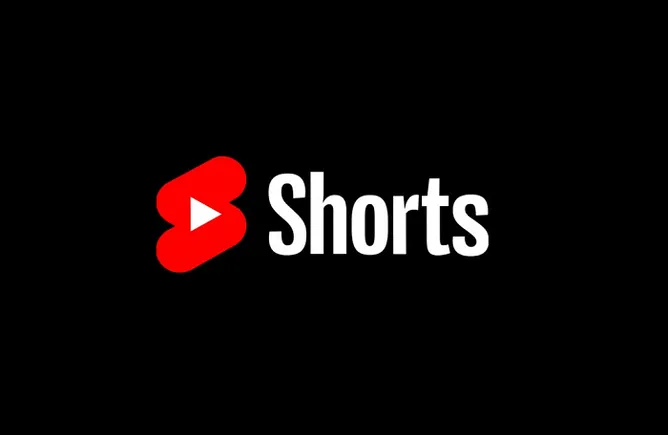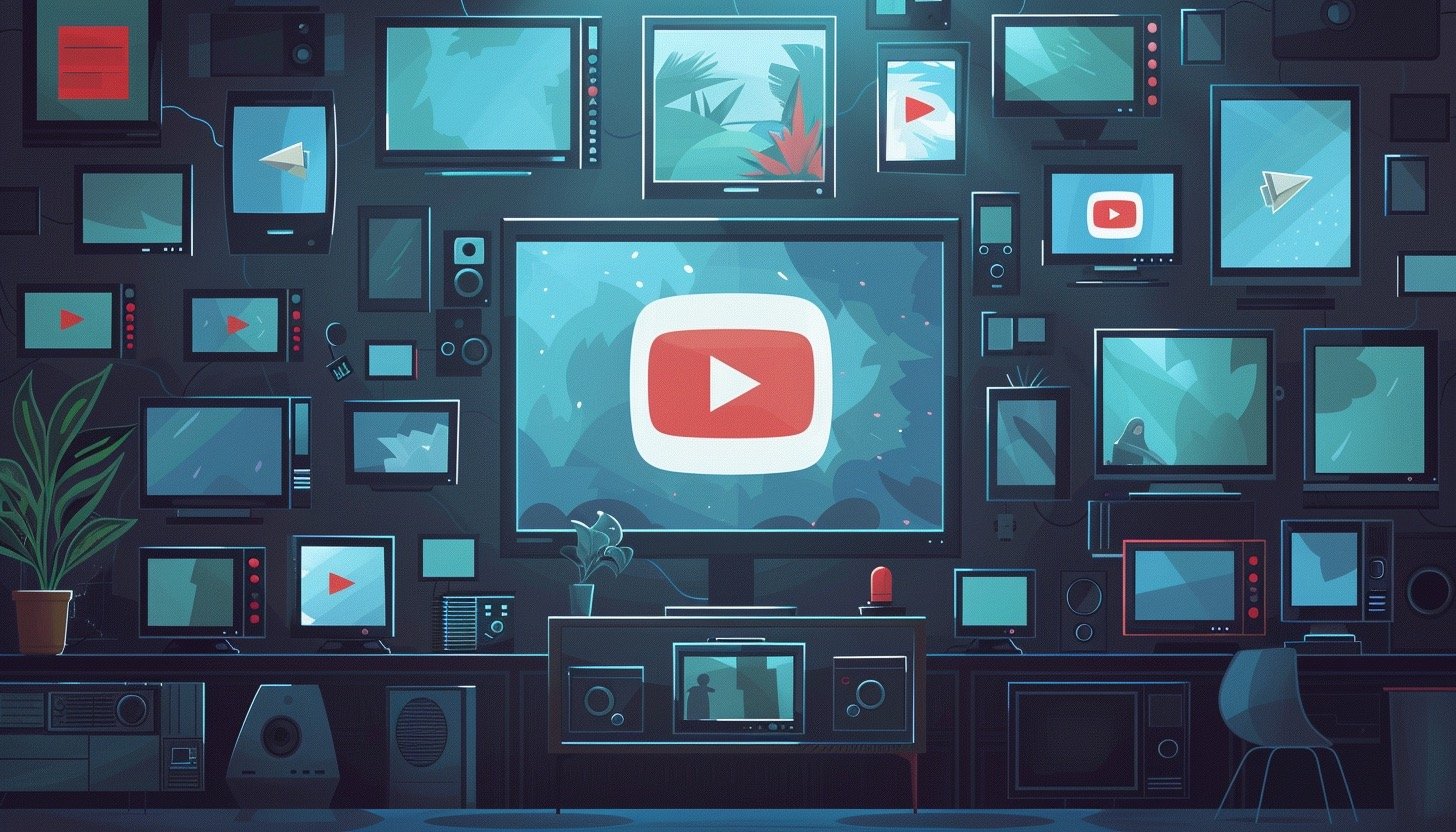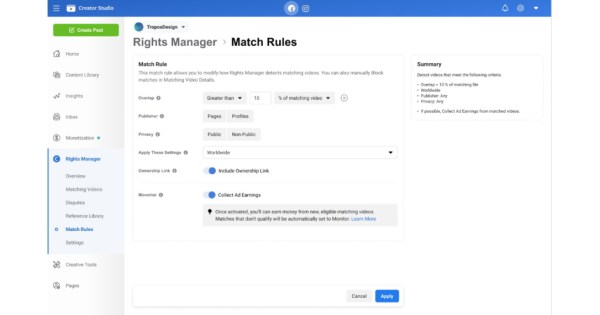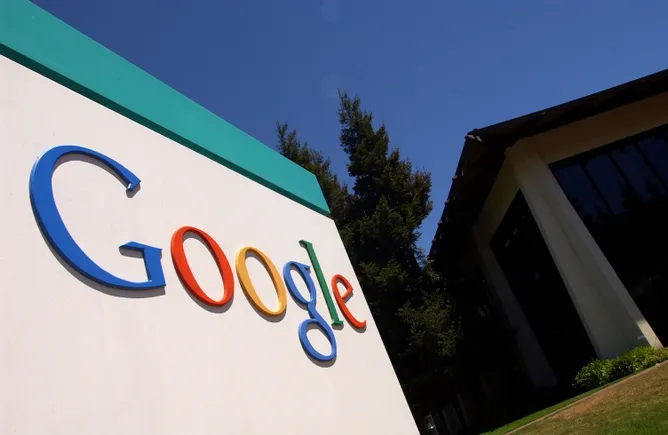As Google-parent Alphabet recorded an 8% drop in ad revenue at YouTube in Q4, executives also touted more views for its Shorts short-form video content which is still in the early days of monetization efforts.
In the last three months of 2022 YouTube ad revenues declined in high-single digits to around $8 billion, which the company attributed to a broader pullback in advertising spending in the quarter. It marks the second consecutive quarter of declining ad revenue for YouTube, and an acceleration over the 2% drop in Q3 that marked its first-ever ad revenue slip.
While YouTube’s ad business was hit by declines, CEO Sundar Pichai said the company sees several avenues to build on the online video platform’s business – starting with monetization of YouTube Shorts. Daily views of Shorts now surpass 50 billion, he disclosed, up from the 30 billion announced at the end of Q1 2022.
This week YouTube rolled out its revenue sharing model to Shorts through its Partner Program, which is meant to both compensate creators and help improve the Shorts experience. YouTube is happy with early monetization progress, according to Chief Business Officer Philipp Schindler, who added that “closing the gap between Shorts and long-form is a big priority for us.”
Fellow big tech player Meta reported quarterly results on Wednesday, where it cited more plays and engagement over the past year on Instagram and Facebook Reels – the company’s short-form video that aims to compete with the likes of TikTok as well as Shorts – but momentum on monetization hasn’t yet picked up speed.
Despite the revenue challenges in YouTube’s ad business, Schindler said the company is “confident in YouTube’s long-term trajectory,” noting its strategy starts with the creator ecosystem and the platform’s variety of entertainment and content formats.
“More creators means more content, means more viewers, which leads to more opportunities for advertisers. The creator ecosystem and our multi-format strategy will continue to drive YouTube’s long-term growth,” Schindler said.
To support that growth, he cited ramping up Shorts as the number one priority, followed by accelerating engagement on the large screen (aka TVs), investing in subscription offerings, and a long-term effort to make YouTube more shoppable.
Shorts and its creator efforts could also come into play for YouTube as it looks to engage and promote coverage of the recently nabbed NFL Sunday Ticket Package. YouTube scored exclusive rights to the football package in the U.S. in late December, with plans to make it available as an add-on package to YouTube TV subscribers or an a al carte option on streaming service aggregator YouTube Primetime Channels.
“YouTube’s NFL Sunday Ticket will accelerate that by helping to drive subscriptions, bring new viewers to YouTube’s paid and ad-supported experiences and create new opportunities for creators,” Schindler commented.
Part of that stems from YouTube’s ability to differentiate the user and creator experience as it related to the NFL Sunday Ticket. For example, for YouTube on CTV, Schindler said the company is going to add Sunday Ticket-specific experiences such as chats and polls.
“On the creator side, imagine all the innovate ways they can create with exclusive NFL content, behind-the-scenes event access and so on,” he noted. “And we’re really excited to see what they’ll do across long-form, Shorts, live streams and more.”
YouTube last year optimized its mobile-first Shorts experience for better viewing on CTV. It also plans improvements for YouTube TV related to Sunday Ticket, according to Schindler, such as the ability for subscribers to watch multiple screens at once.
On the call Pichai said subscriptions are seeing “good momentum,” pointing to YouTube Music along with YouTube Primetime channels and virtual MVPD YouTube TV. When it comes to subscription offerings, the aim is for YouTube to be home to a variety of video formats and content.
“It’s clear the future of online video is about helping users seamlessly discover and watch content across ad-supported and premium services,” Schindler said. “Our goal is to be a one-stop shop for multiple types of video content.”
Google’s network advertising revenues were down 9% year over year to $8.5 billion. The company cited significant subscriber growth at YouTube Music Premium and YouTube TV among factors, including strong growth in hardware sales, that helped drive other revenues within its larger services business up 8% to $8.8 billion. It didn’t disclose an updated subscriber count for vMVPD YouTube TV, which as of July 2022 had 5 million users.
Google’s total Services segment saw revenue decline 2% year over year to $67.8 billion.
For YouTube and Google parent Alphabet, executives also emphasized that the company is narrowing its investment focus to focus on top priorities for growth while working to retool its cost base for better efficiency.
Alphabet consolidated revenues of $76 billion were up 1% year over year. Operating income of $18.2 billion was down 17%. Net income for the quarter was $13.6 billion, and Alphabet delivered $16 billion of free cash flow in Q4.









